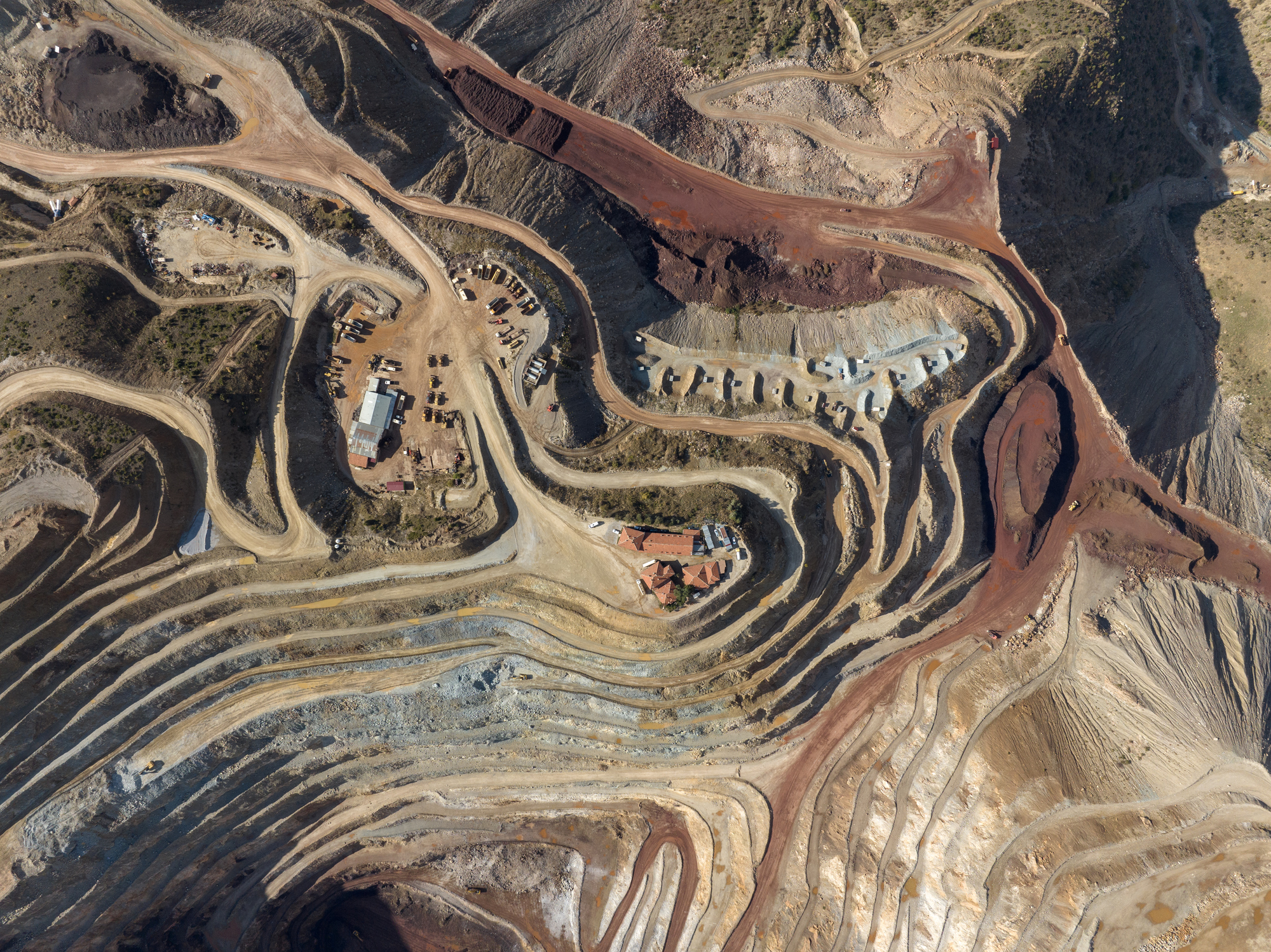
Alan Young, Director Materials Efficiency Research Group, Senior Advisor on Minerals Sector Circular Economy Leadership Canada
Geoff McCarney, Senior Director of Research, Smart Prosperity Institute
There is an interesting irony in the fact that if we are going to transition to a green energy future, and meet low carbon emission targets we are going to have to do a whole lot more mining…
It may seem counterintuitive, but the data is pretty consistent on this topic, and for a variety of reasons this means we are going to have to mine differently, while reconsidering our use of materials all along the metals and minerals value chain (from extraction to end-of-life). A wide array of solid research makes it clear that we are going to need increasing supplies of a variety of minerals in order to generate, transmit, and store clean energy. The same body of research is clear that meeting these demands, even with aggressive assumptions regarding the potential to scale-up the recycling, reuse, and repurposing of secondary minerals, will require continued, and increasing primary resource extraction – at least through mid-century.
However, there are also choices, between alternative clean energy or energy storage technologies, and alternative pathways to a low carbon future, that will have implications for the materials demanded, and their overall environmental and social footprint. In order to navigate these choices, and address many of the potential conflicts and impacts associated with conventional approaches to mining and the increasing demands for materials inherent to a green energy future, there is promise in adopting a circular economy (CE) approach along the full minerals supply chain. The twin goals must be to extract these materials without compromising critical ecosystems’ boundaries and degrading social conditions of directly affected communities, while also meeting the material requirements that will be critical for accelerating a global clean energy/low carbon transition.
Over the past year, through the convening power of the World Circular Economy Forum, and an affiliated Accelerator Session on Circularity Across the Metals and Minerals Value Chain, we have been able to work with a range of governments, mining companies, think tanks, downstream minerals buyers, and civil society organizations to look at what adopting a circular economy approach could mean for minerals supply chains and the people involved – from mining to manufacturing and recycling.
We looked into how minerals are:
We have also explored the material requirements and waste implications of the growing demands for minerals-intensive green energy infrastructure (solar and wind), which, along with increasing demands for electronics, electric vehicles, green buildings and other infrastructure, will create an imperative to make sure that primary and secondary minerals inputs are produced in more responsible ways, without leaving toxic legacies in landfills or mined out deposits. We need to reuse, repurpose, and recycle secondary minerals more and better. We need to mine smarter, while transferring information about more sustainably sourced materials along value chains and innovating in downstream markets to allow for great circularity of materials as individual products, technologies, or energy infrastructure reaches end-of-life.
What we have found over the past year’s work is that there are immense opportunities throughout mineral supply chains for reducing waste and associated liabilities in ways that yield economic and other values for companies and communities. This shift means that we have to design products so the minerals (and, more specifically, the services they deliver) can be reused, repurposed, and recycled. It means that mining companies need to think about optimizing their extraction processes to reduce energy and water use, extract valuable minerals currently left in tailings, as well as applying CE principles to the use of all the industrial machinery necessary to run their operations. It also means that the innovations required will need new forms of collaboration along value chains. Both shareholders and downstream communities have much to gain from the shift towards a more circular approach to business practices.
Governments have a big role in enabling this shift. With mining and minerals waste often being (correctly) associated with hazardous waste, there are existing regulatory restrictions on the recycling, repurposing, and reusing of these materials, as well as on trade and sourcing of secondary materials along supply chains, which need to be re-thought if waste is going to become a resource. Smart regulations and policy can address these risks while enabling responsible companies to have access to waste materials at a scale that will allow them to concentrate waste materials into essential resources. The public sector is also critical in supporting technological and other innovations in this space where there are significant potential social, environmental, and economic benefits, but where market signals are not yet aligned to gain sufficient private sector investments.
An important starting point for this consideration of resource value throughout supply chains is the need for better data. Good data allows for communication about the things we care about in the materials being traded:
Informed by this kind of data, a circular economy approach can then offer help in designing processes that address waste and hazard concerns more precisely and in a way that taps into economic benefits, rather than just the liabilities that tend to prevent waste streams from being considered as resources. One thing that is also abundantly clear is that a CE approach includes an imperative to collaborate and coordinate – along supply chains, within sectors and among private and public sector actors. The kinds of strategies that will allow for transformative shifts in waste reduction, green energy use, and value creation involve greater integration of systems for design, materials extraction, manufacturing, waste management, procurement, and regulation. By coordinating among companies, governments and civil society, solutions can be more precisely informed and aligned with a range of demands and needs across the full value chain.
Join our mailing list